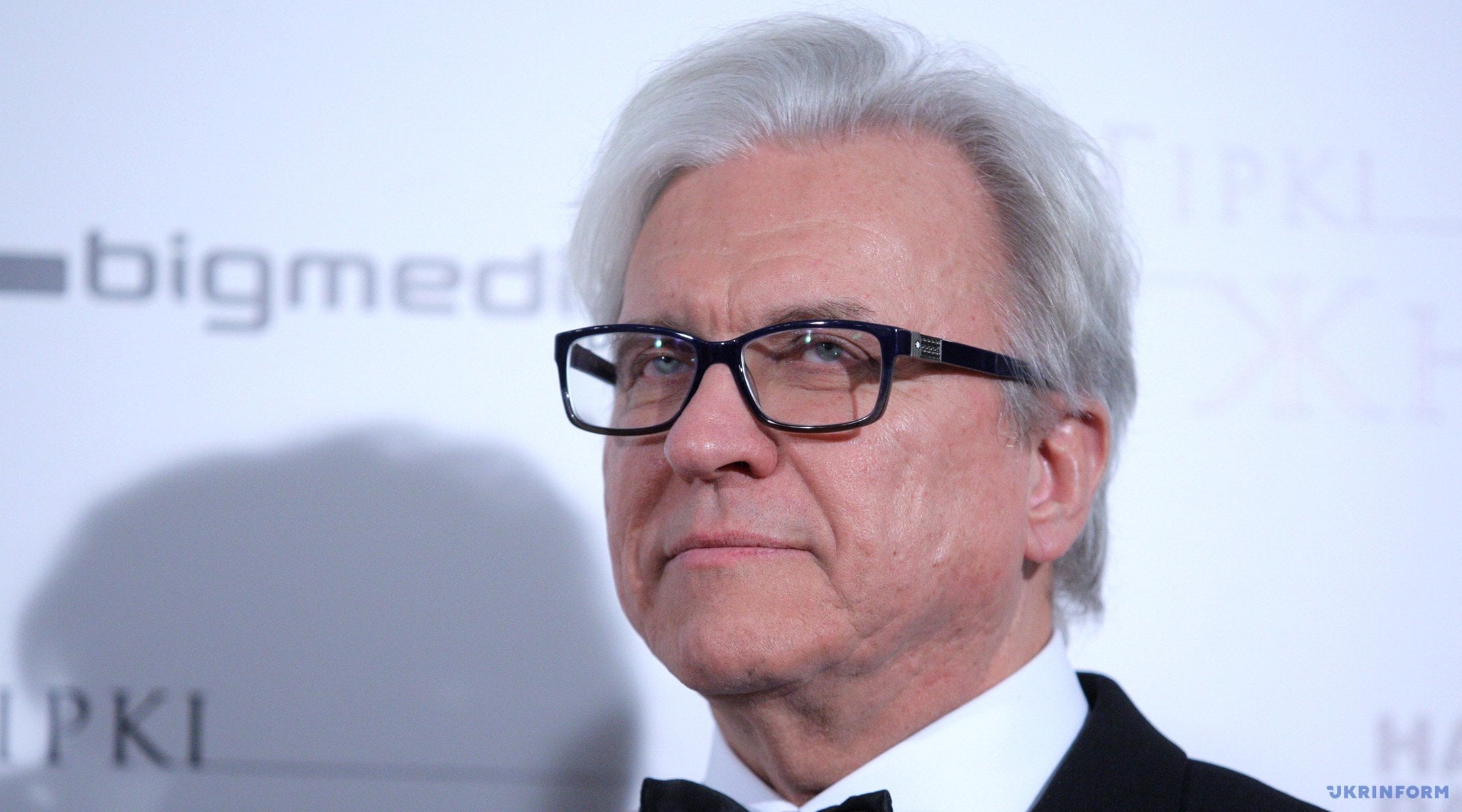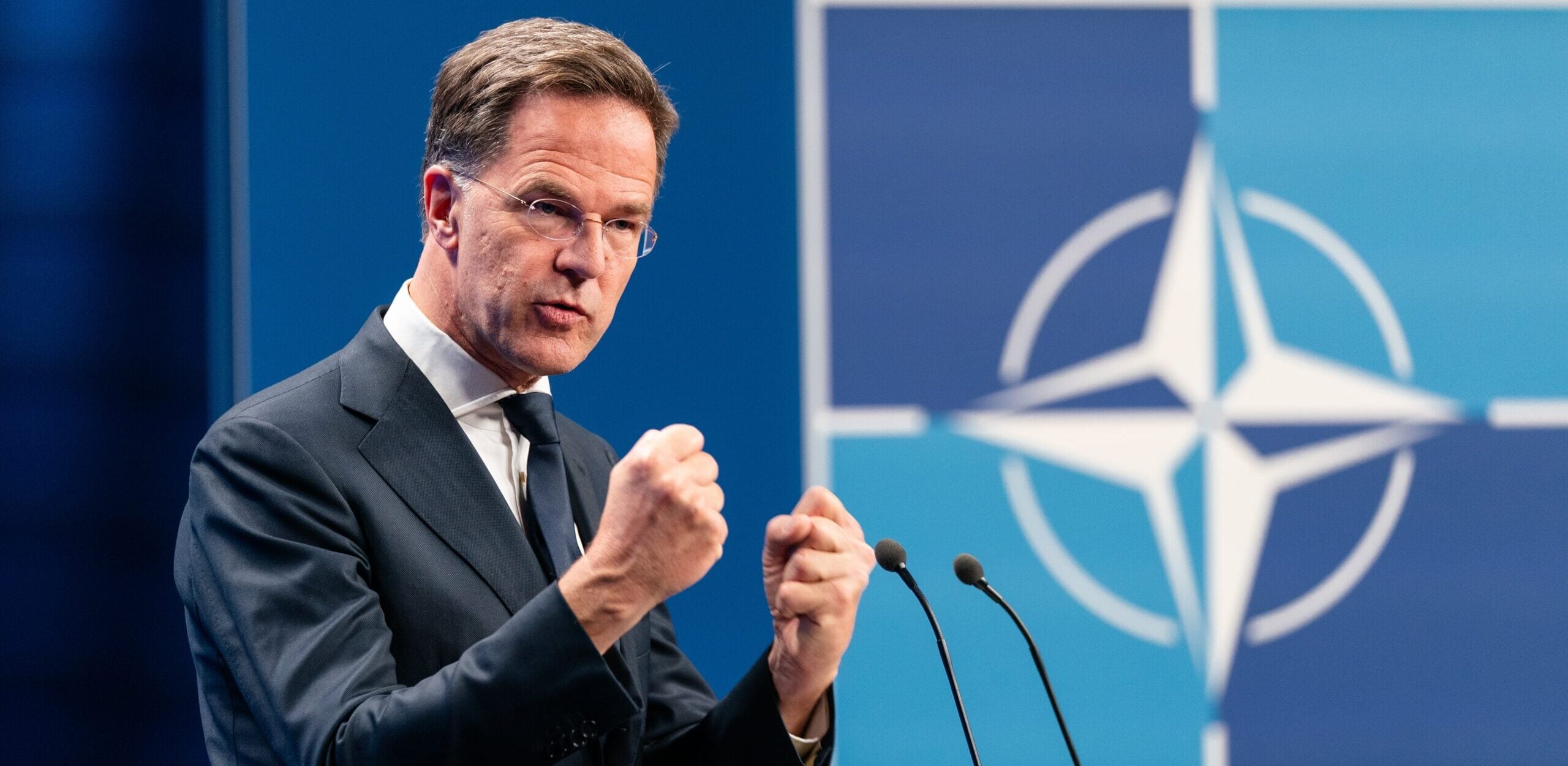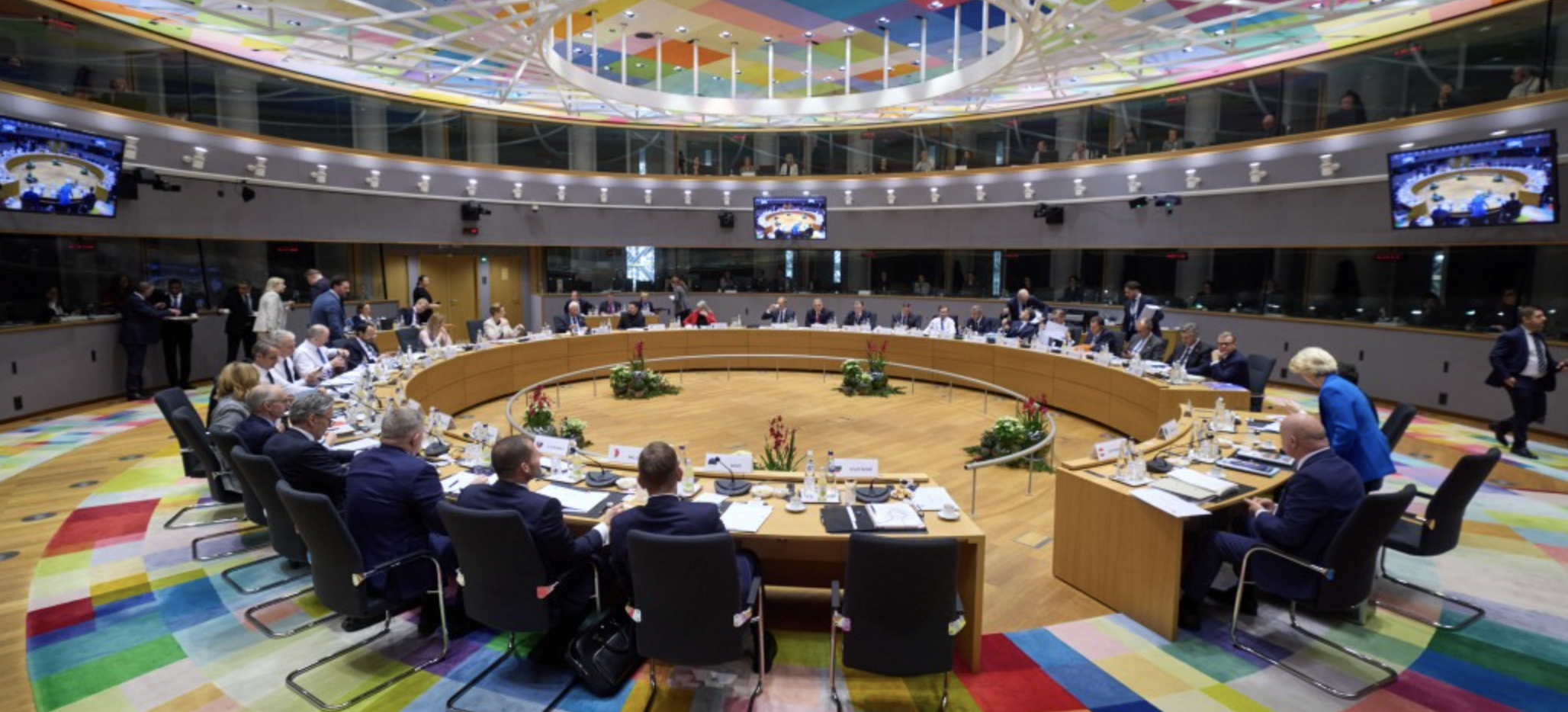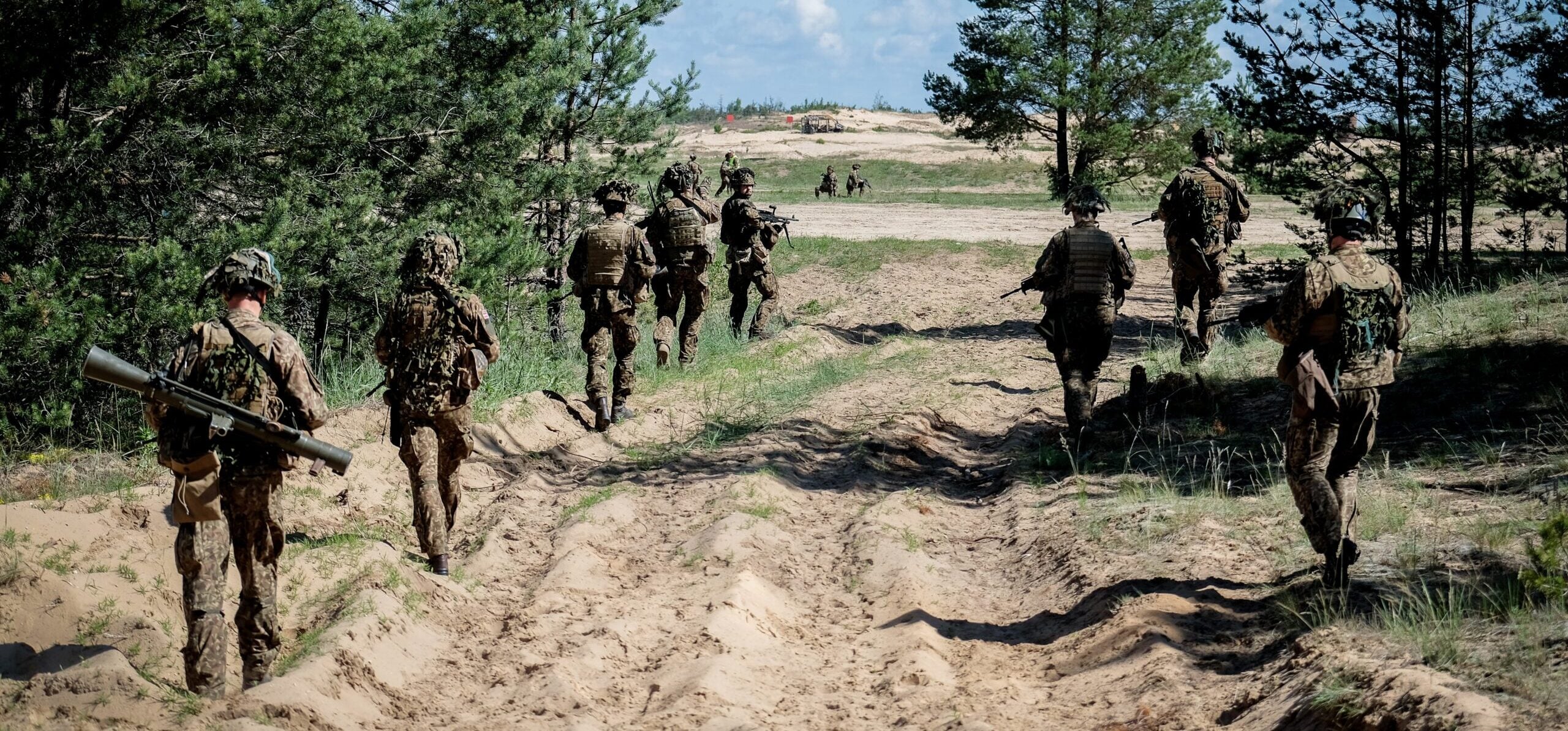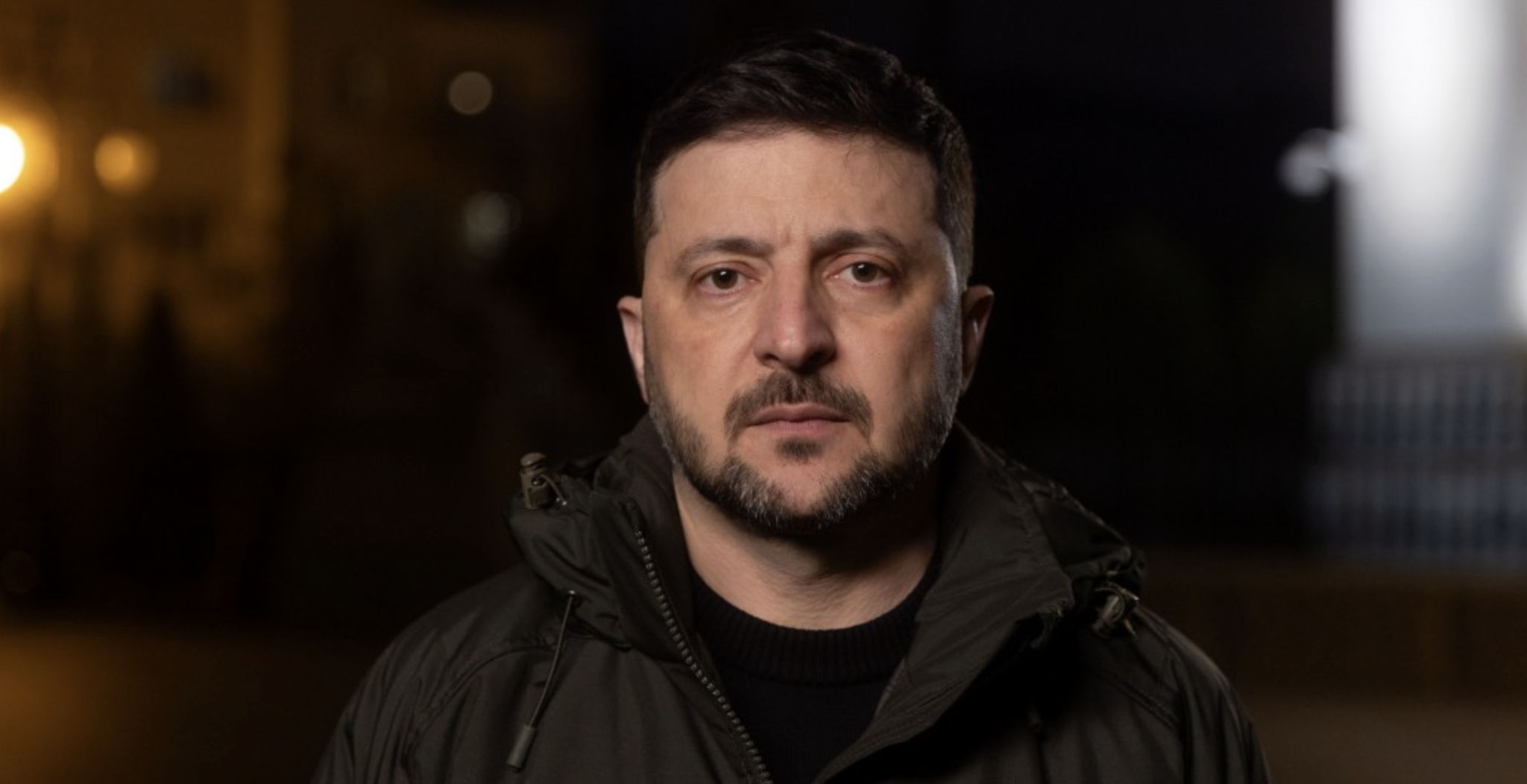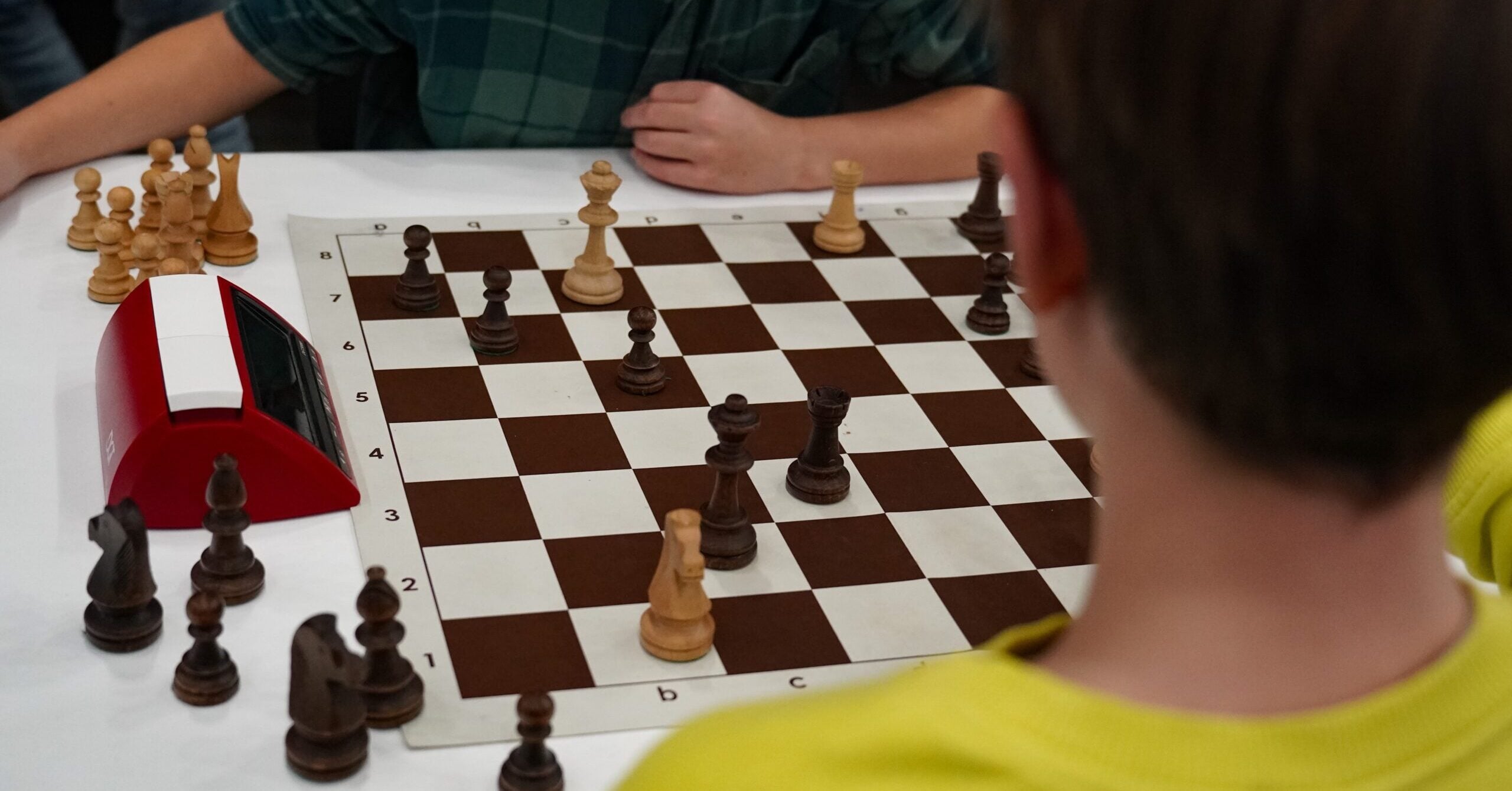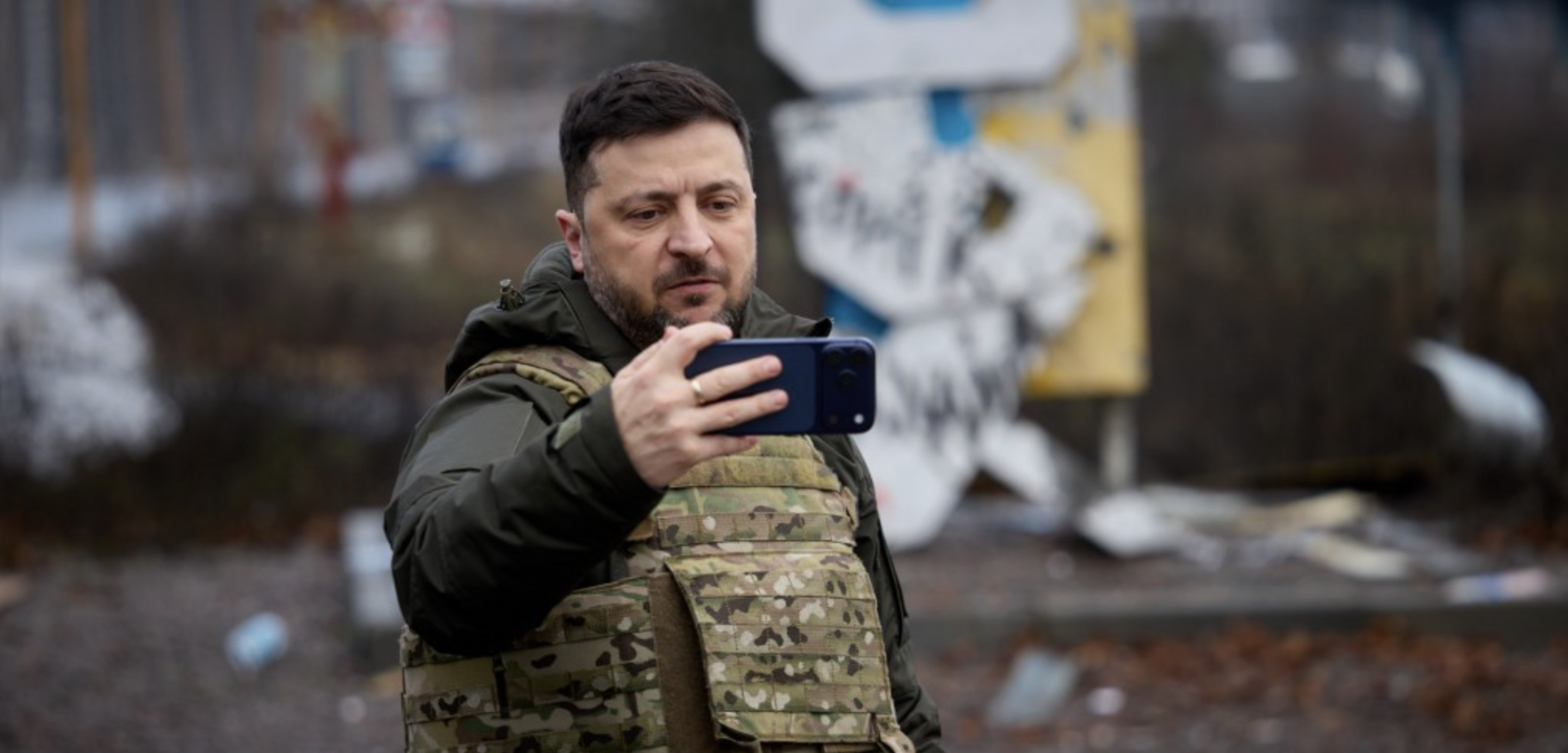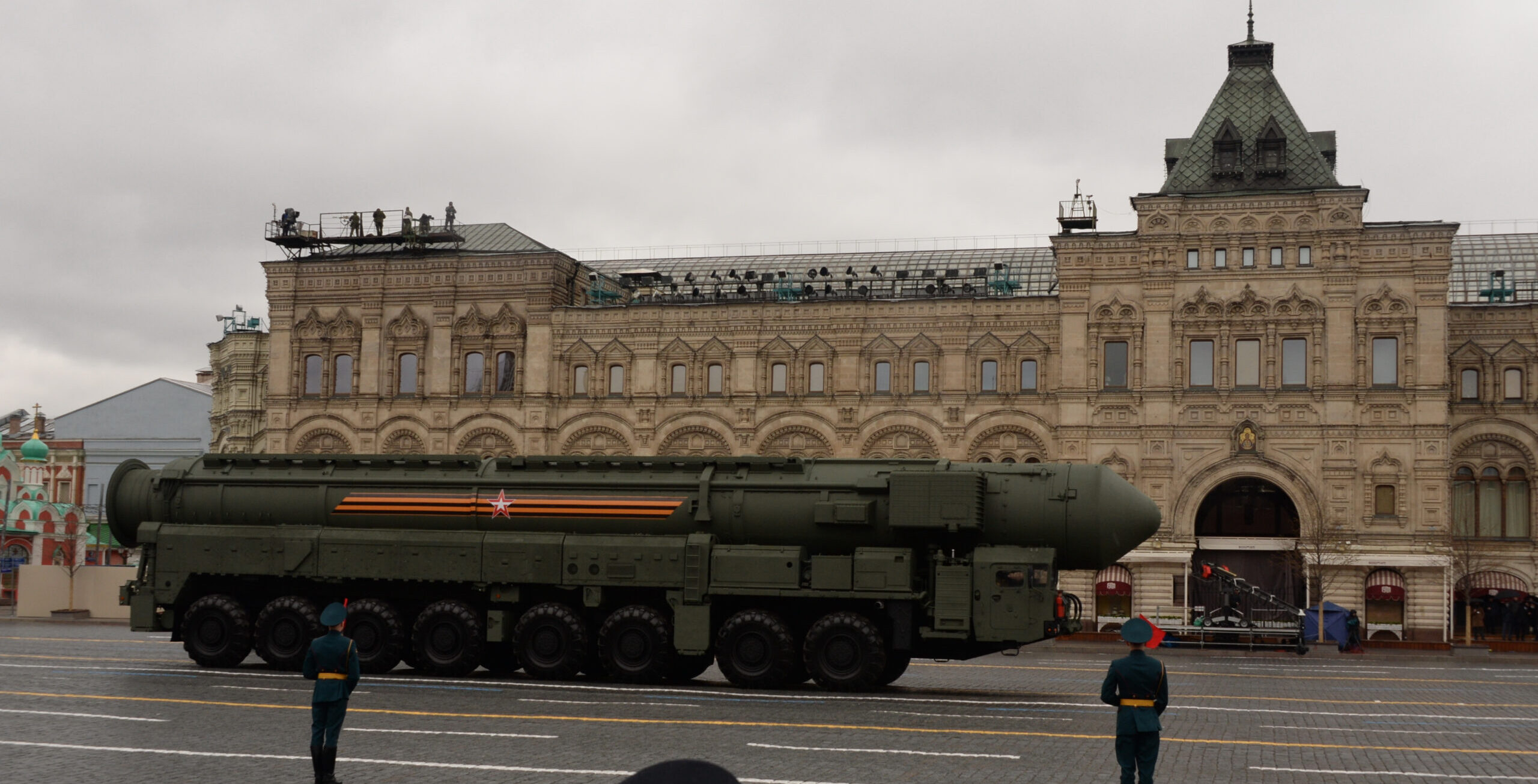

by Mariana Budjeryn, a senior research associate with the Project on Managing the Atom (MTA) at the Harvard Kennedy School’s Belfer Center
Source: The Bulletin of the Atomic Scientists; an article by Mariana Budjeryn on October 2.
Russia’s war against Ukraine has been a conventional conflict. But it is very much a nuclear crisis, too.
Russia, the aggressor, is in possession of the world’s largest nuclear arsenal, including a vast cache of battlefield nuclear weapons. Since the beginning of the war, the Kremlin relied heavily on nuclear threats and signaling to intimidate the West and thwart its military assistance to Ukraine, with some—albeit limited—success. The latest instance in Russia’s nuclear signaling are changes to its nuclear doctrine, recently announced by Russian President Vladimir Putin, that expand permissible scenarios for Russia to resort to nuclear weapons and add ambiguity and interpretative space for the Russian leadership to define whether and when such scenarios occur.
While Russia uses nuclear rhetoric politically, there’s an ever-present danger that it could resort to an actual use of a nuclear weapon in Ukraine.
From the first days of the invasion, the received wisdom has been—and remains—that the most likely scenario for Russia’s limited nuclear use is to reverse an imminent military defeat or possibly break a hurting stalemate in Ukraine. The nuclear scare of October 2022 seems to corroborate the supposition that Russia might resort to nuclear weapons if it’s in retreat. Then, as Ukraine was making rapid gains in liberating the Kharkiv and Kherson regions, Russian military-political leadership allegedly considered using nuclear weapons to thwart Ukrainian advances. In public, Russia concocted a bogus accusation that Ukraine was planning to use a “dirty bomb,” which many feared was creating a pretext for a Russian nuclear strike. The US intelligence community estimated the risk of Russia’s nuclear use in fall 2022 at 50 percent, possibly a historic high.
But has the international community overlooked another scenario—a situation in which Russian nuclear use might not only be possible but even more likely? What if Russia resorts to nuclear use not when it’s losing—but when it’s winning the war?
The nuclear calculus, then and now. Much is still unknown about Russian deliberations two years ago, and what ultimately worked to dissuade Russia from using nuclear weapons then. Likely, it was some combination of US threat of game-changing consequences for Russia, including conventional strikes against Russian military assets on occupied Ukrainian territory, intervention by China that might have come with a promise of increased conventional military assistance, and the dubious military utility of battlefield nuclear use. The nuclear use Russia considered in the fall of 2022 would have been well beyond the pale of Russia’s nuclear doctrine, before and after the announced changes. That reality points to the limited restraint a declaratory doctrine is likely to impose on considerations of whether to use nuclear weapons in a war.
Fears of nuclear escalation remain real, and Ukraine’s Western partners continue to carefully consider escalation dynamics when they decide which weapon systems to release to Ukraine and how to mandate their end use. The current reticence to allow Ukraine to strike Russian homeland with Western-supplied weapons is a case in point. The underlying operating assumption is that Ukraine cannot be too audacious in its resistance, lest it provokes Russia’s nuclear ire.
But what are the nuclear risks of the opposite scenario: when the conventional fighting in Ukraine shifts decisively in Russia’s favor?
Consider that the only use of nuclear weapons in armed conflict so far was by a nuclear power that was on a winning path. The United States decided to drop two atomic bombs on Hiroshima and Nagasaki in August 1945, when Japan was nearly defeated by conventional means, but stubbornly refused to stop resistance and accept US conditions for surrender. While reasons and justifications for the US decision to employ nuclear weapons in Japan are still subject of debate among historians, it is safe to say that the bombings achieved at least three goals. They terminated the war with Japan more quickly, possibly saving the United States from having to mount a costly invasion of the home islands. They allowed the United States to impose the conditions of war termination and post-war settlement—that is, unconditional surrender and US military occupation of Japan. And finally, they made a strong impression on the Soviet Union.
While historical precedents should not be applied uncritically across time and context, they can be mined for insights. The set of incentives for Russia to resort to nuclear use when it is about to win in Ukraine would not be dissimilar from those animating the US decision in 1945. Perhaps, Putin’s mention of Hiroshima and Nagasaki precedents in his September 2022 speech was more than a trope.
Cover: Shutterstock
